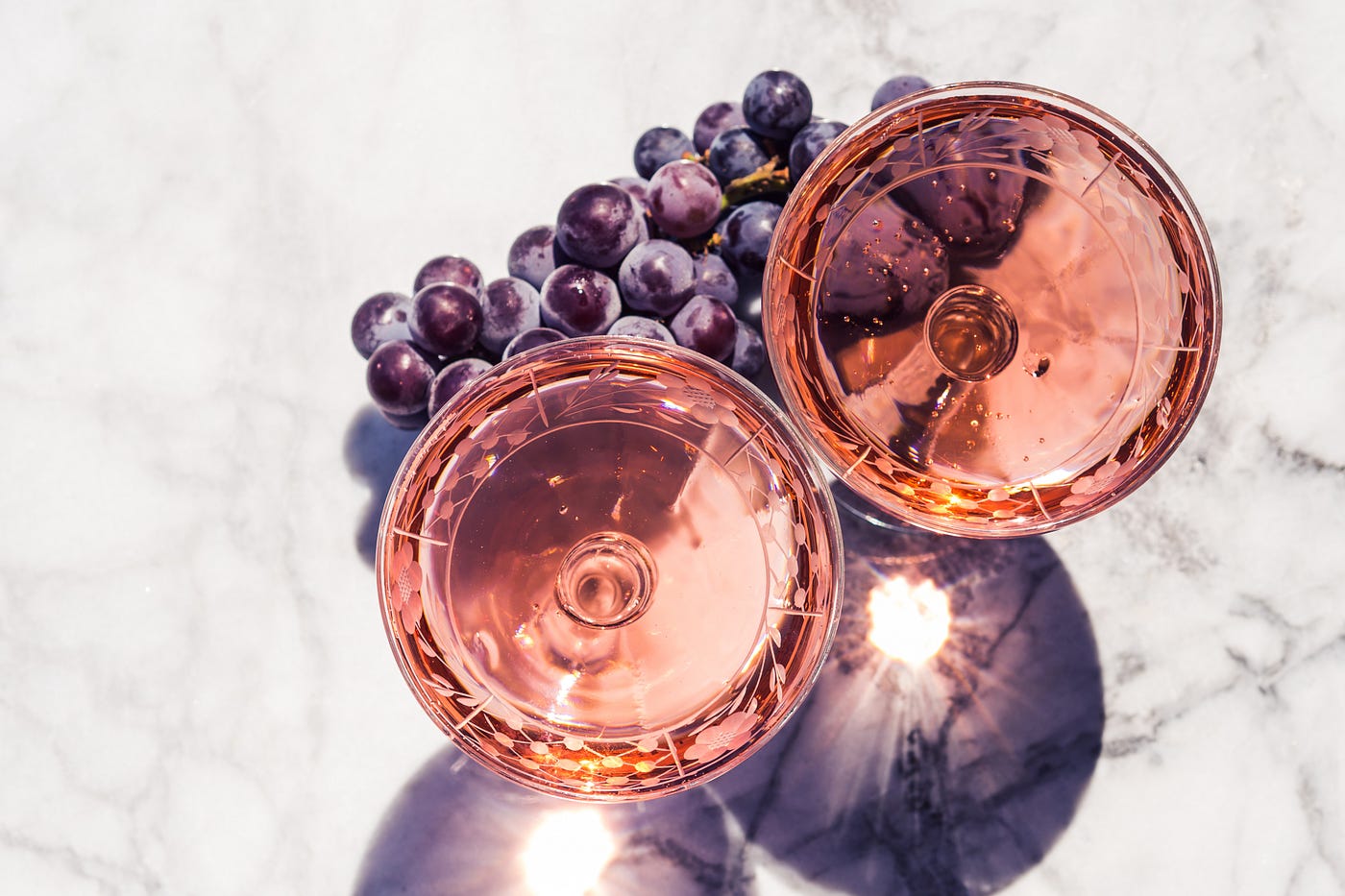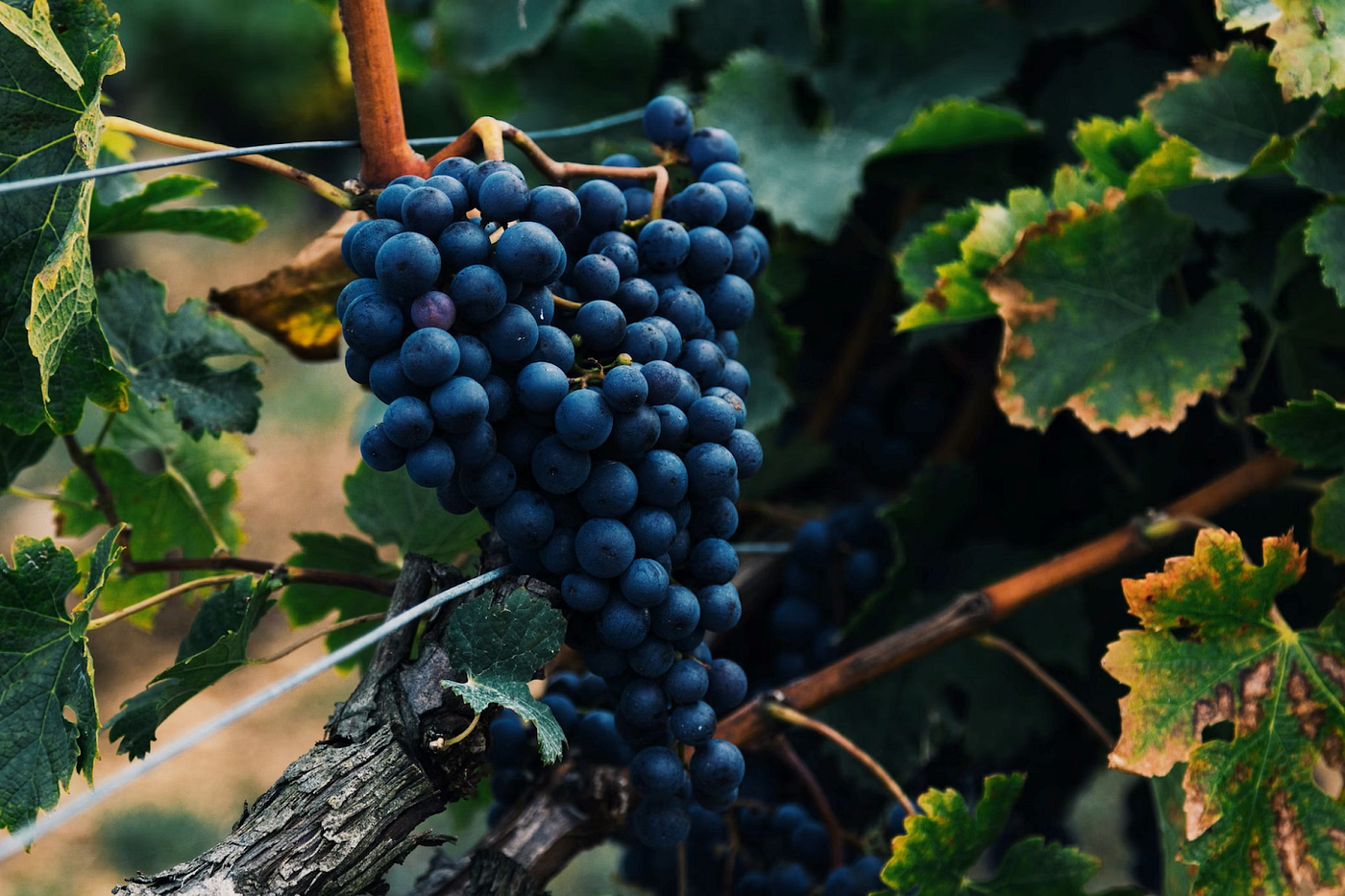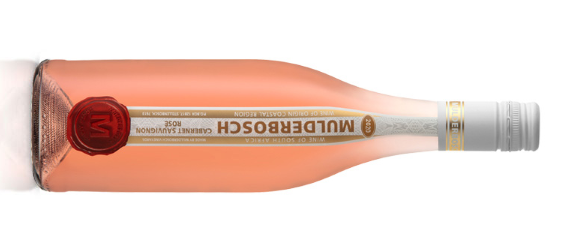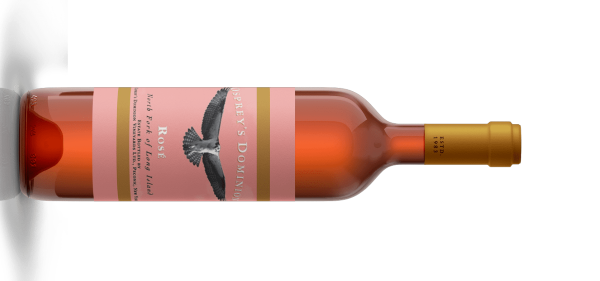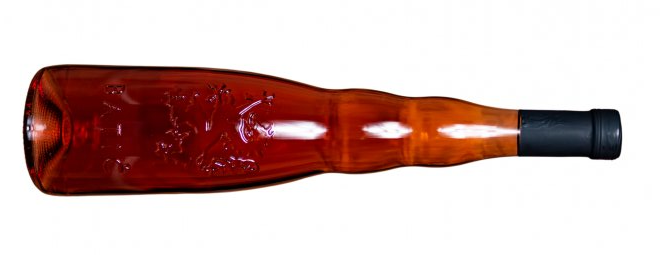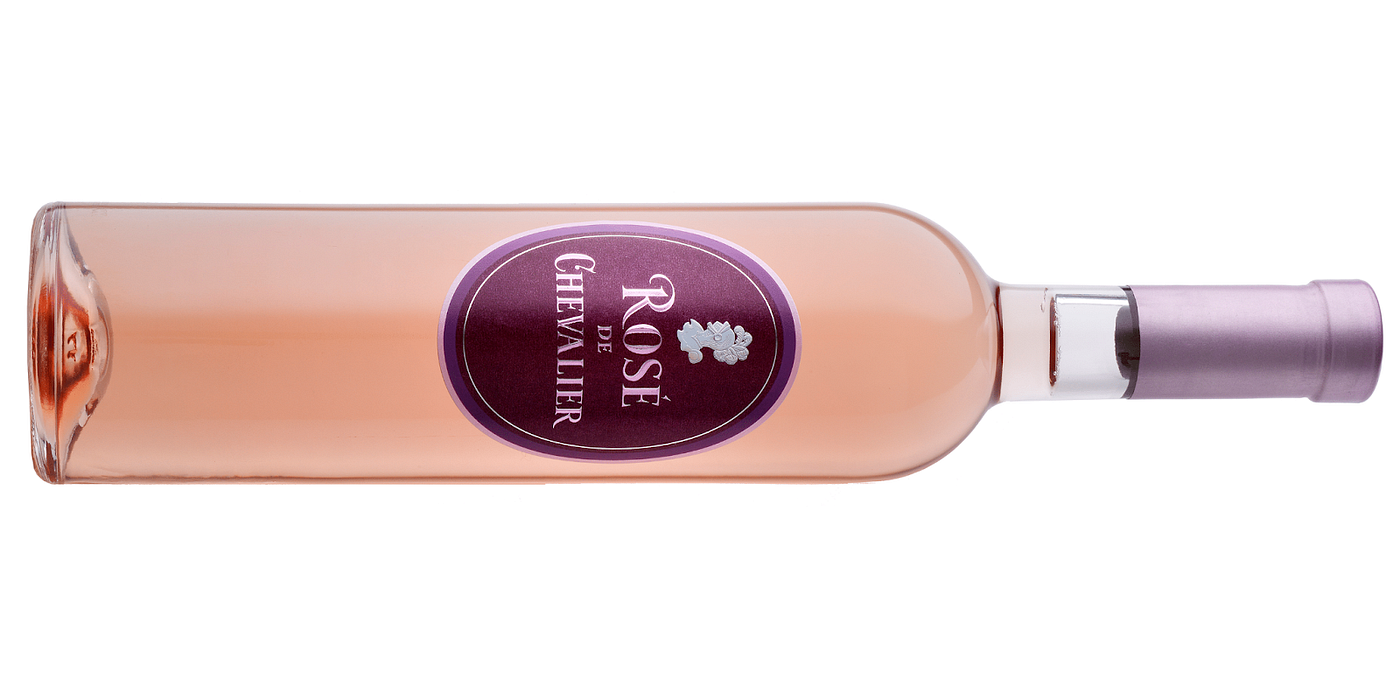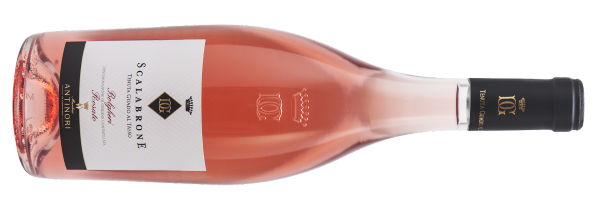- Wine Color/Type
- Top Occasions
- Unique Wines
- Surprise Me!
Sip in Style — Enjoy Cabernet Sauvignon Day with a Rosé Twist!
Mark your calendars and ready your palates, wine enthusiasts and Cab lovers, because August 31st is the day we raise our glasses and toast to the majesty of Cabernet Sauvignon! But hold on to your corkscrews, this year we’re switching things up with a playful twist: Cabernet Sauvignon rosé!
Try the Cabernet Sauvignon rosé to celebrate Cab Day
(Source: tenkende/stock.adobe.com)
Read more about Cabernet Sauvignon
August 31st, 2023 — Time to celebrate CabSav!
Experience the Richness of Cabernet Sauvignon Under $30🍇🍷
How is Cabernet Sauvignon rosé made?
Like many other rosé wines, the main methods of making Cabernet rosé are no exception. There are two most common ways to make it:
Skin contact method: This common technique involves brief contact with the grape skins. Due to its late-ripening nature and the resulting high alcohol content, Cabernet grapes destined to make rosé wines are normally harvested earlier to maintain fresher acidity. Rosés produced using this method are commonly lighter-bodied with a delicate texture.
Saignée method: Rosé made with the Saignée Method involves “bleeding” off some of the juice used to make red wine. In order to concentrate the remaining red wine, a portion of the juice is removed during the initial stages of red wine production. The extracted juice is then fermented separately to create rosé. This process yields a Cabernet Sauvignon rosé wine with a richer color and a more intense flavor.
Cabernet Sauvignon rosé vs. Cabernet Sauvignon red
Don’t get it wrong: Cabernet Sauvignon rosé isn’t a pink-colored red wine. While its crimson sibling is rich and bold with grippy tannins and intense dark fruit flavors, the rosé version is lighter in body and features a combination of red berries and floral notes. It’s like swapping your hefty winter coat for a beautiful summer scarf — equally delicious but with a lighter touch.
Sipping a Cabernet Sauvignon rosé on Cab Day
(Source: Justin Aikin, unsplash.com)
Cabernet Crew: Why Cabernet Sauvignon rosé Stands Out
“But wait,” you say, “aren’t all rosés the same?” Not so, my dear friends! Cabernet Sauvignon rosé isn’t just any pink thirst quencher; it’s a standout in the rosé crowd. With its typical Cabernet appeal — red berries, cherries, and hints of herbs and bell pepper — it becomes an elegant and gourmet choice for a picnic or a rooftop celebration. Visually, it has a deeper pink color than the Provence rosé.
Where You Can Find Cabernet Sauvignon rosé
Being the world’s most widely planted red grape, Cabernet Sauvignon rosé can be produced nearly anywhere in the world. While Cabernet Sauvignon is grown in many international wine regions, several are particularly well-known. Bordeaux, the birthplace of Cabernet Sauvignon, is a landmark region known for producing some of the greatest Cabernet reds, and its rosé options are just as impressive. Bolgheri in Tuscany, the United States, South Africa, Chile, Germany, and Slovenia are also producing exceptional Cabernet Sauvignon rosé, demonstrating the grape variety’s adaptability to varied terroirs and winemaking techniques.
Cabernet Sauvignon is the king of red grapes (Source: Al Elmes, unsplash.com)
Our selection
So, dear VinoVossers, whether you’re a die-hard red wine fan or a daring white wine explorer, this August 31st Cabernet Sauvignon day, we have selected 5 Cabernet Sauvignon rosés for you to enjoy with the last summer days!
Mulderbosch Cabernet Sauvignon Rosé, Stellenbosch, South Africa
Osprey’s Dominion Rosé, Long Island, New York, USA
Batič Rosé, Vipava, Primorska, Slovenia
Domaine de Chevalier Rosé de Chevalier, Bordeaux, France
Antinori Tenuta Guado al Tasso Scalabrone Bolgheri Rosato, Tuscany, Italy
Go to VinoVoss, and get Cabernet Sauvignon rosés for you to enjoy with the last summer days!
by Sylvia Ba
Read more about rosé wine
Tavel — The Rosé for Red Wine Lovers
Rosé Wine: A Delightful Fusion of Red Grapes
Latest articles

